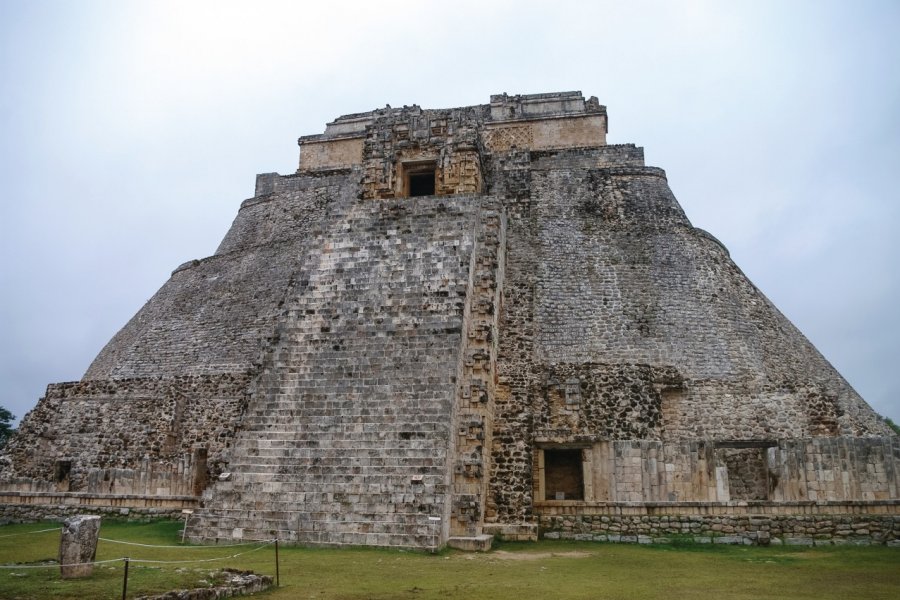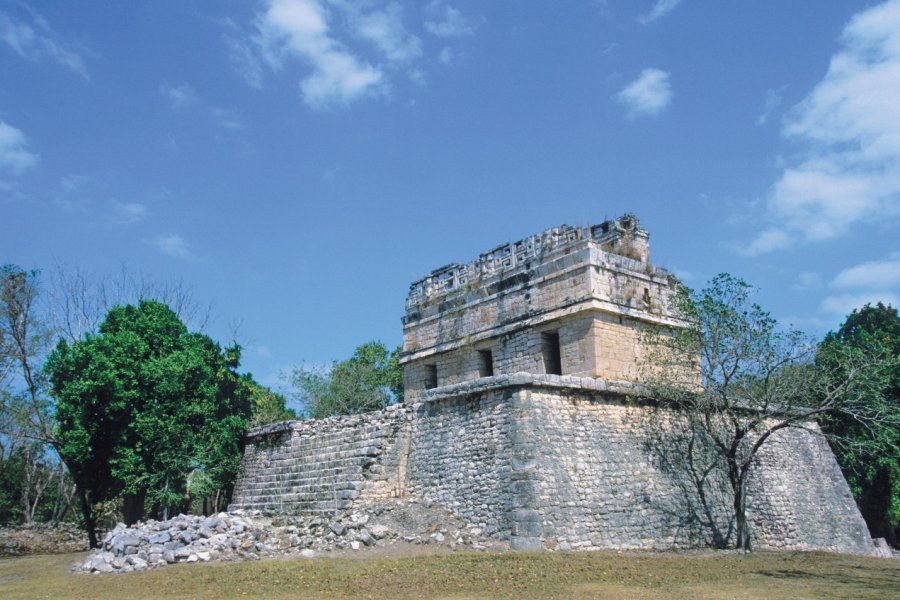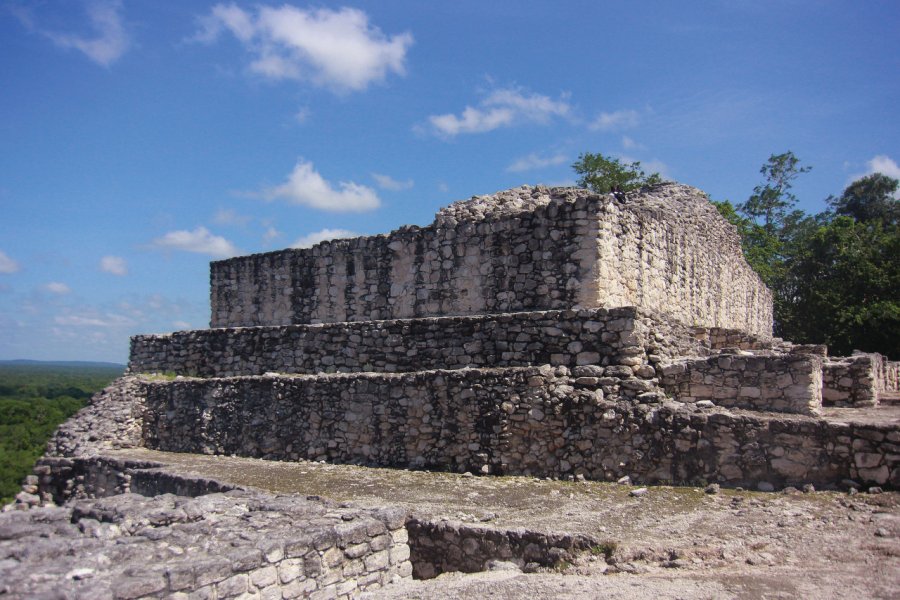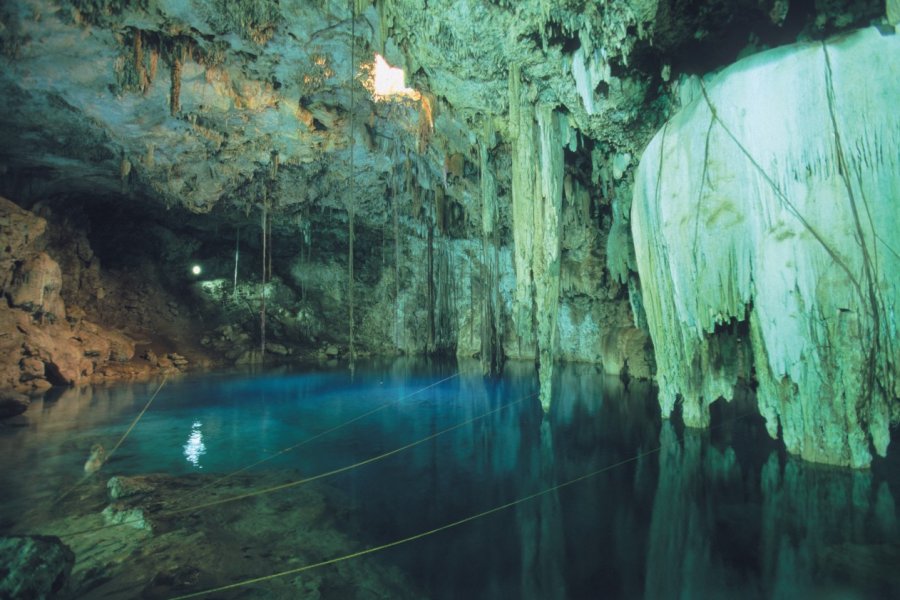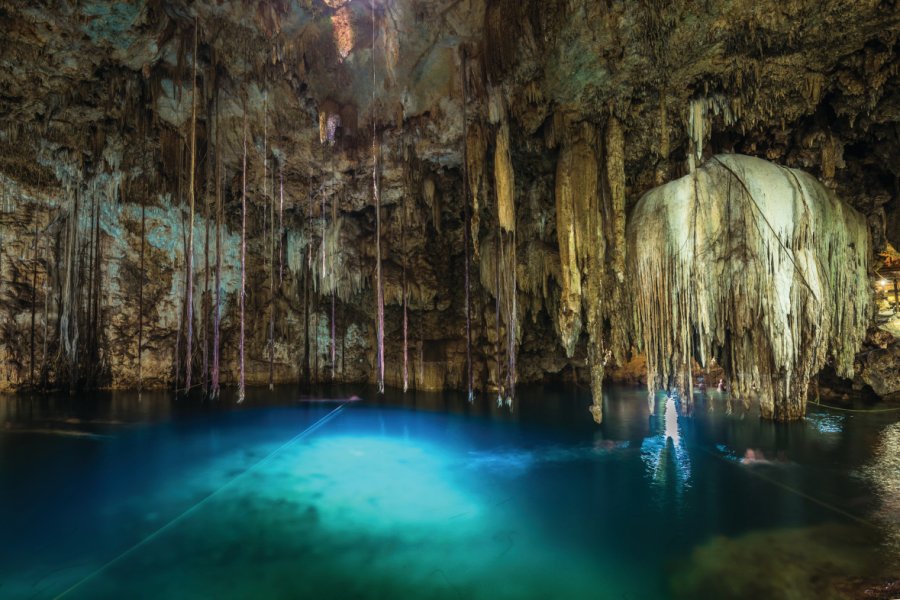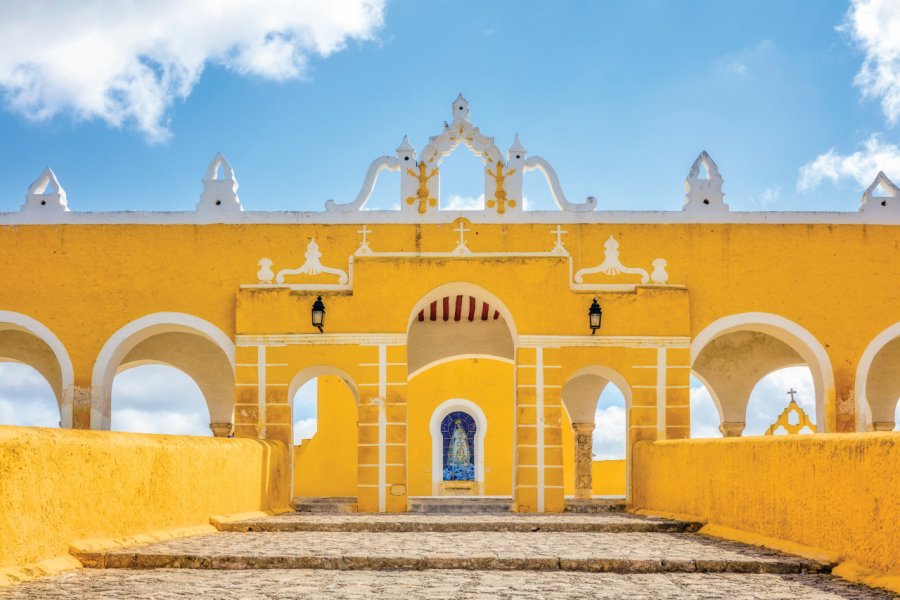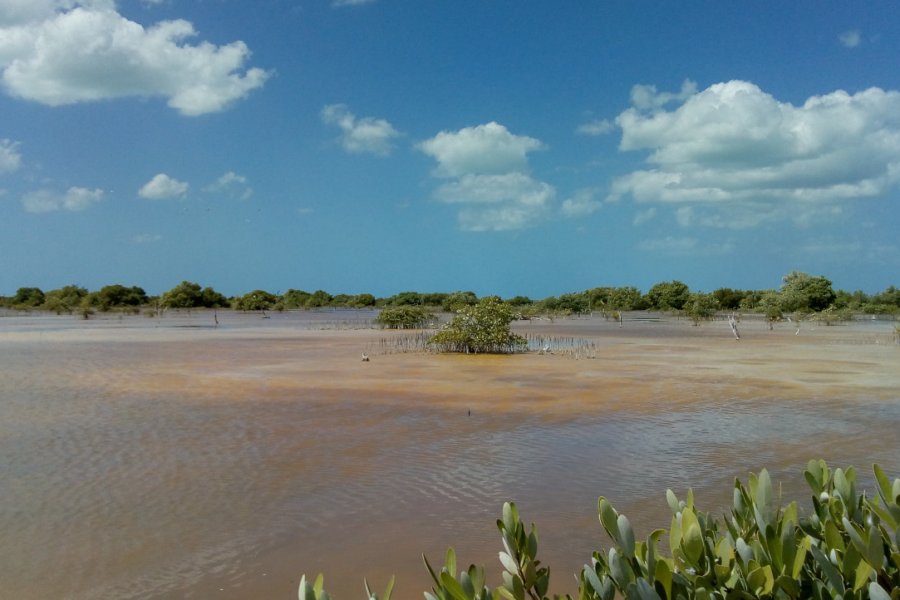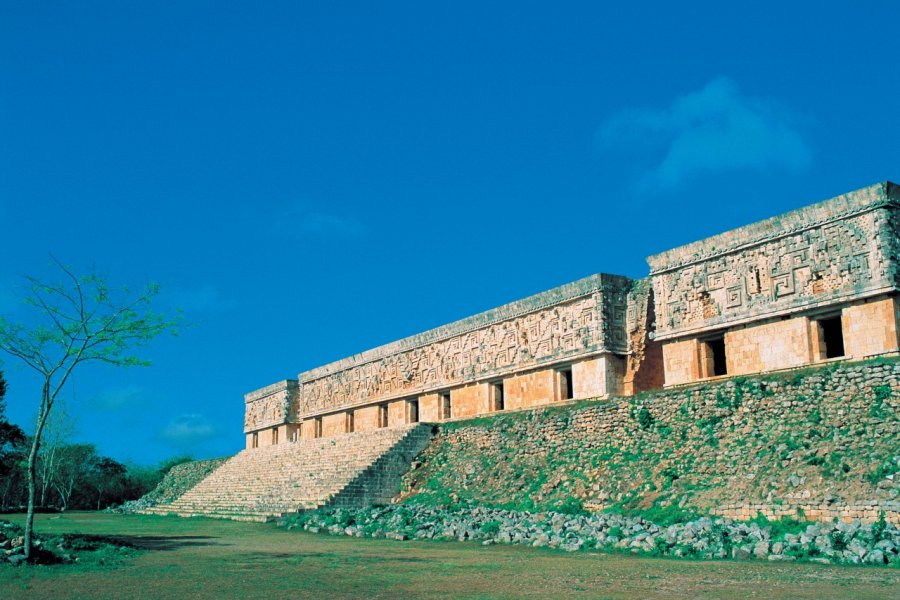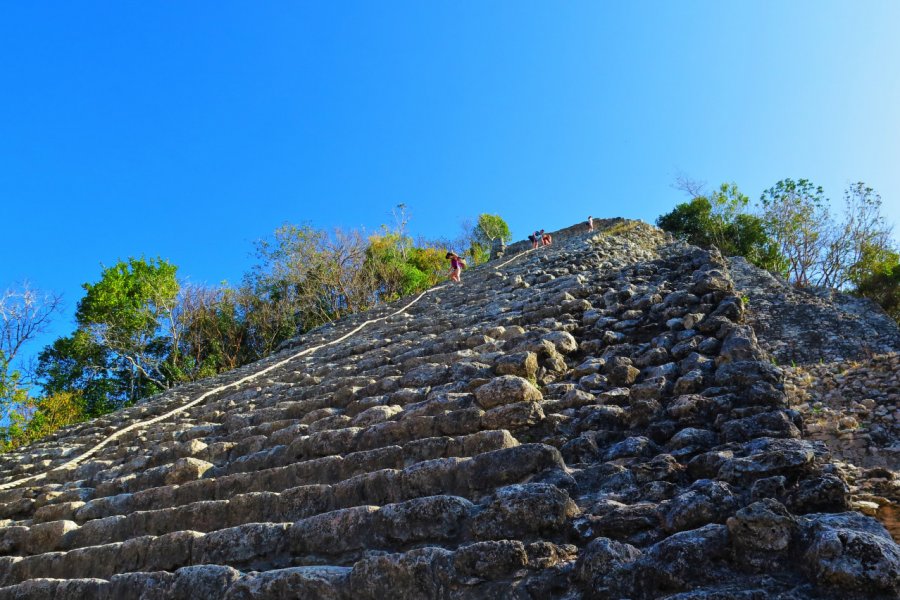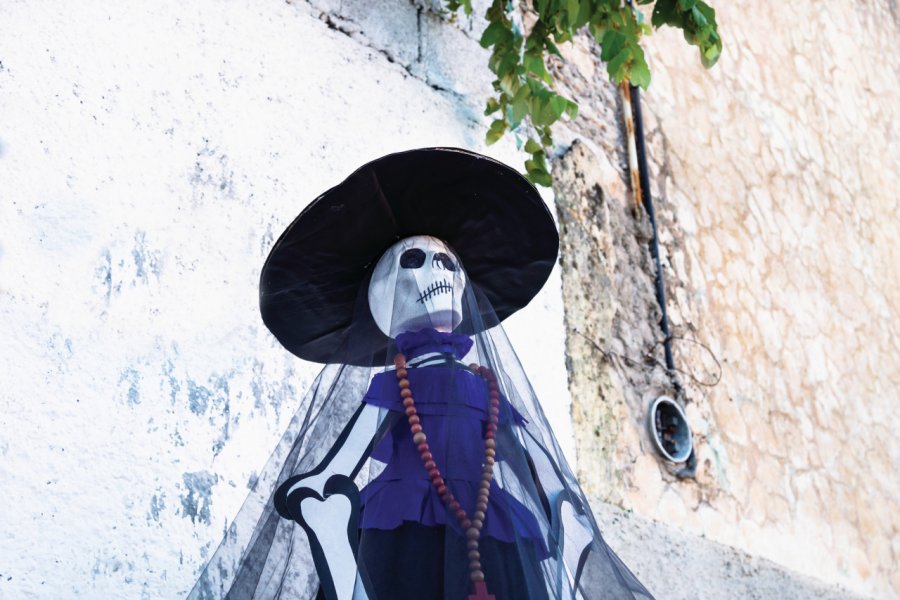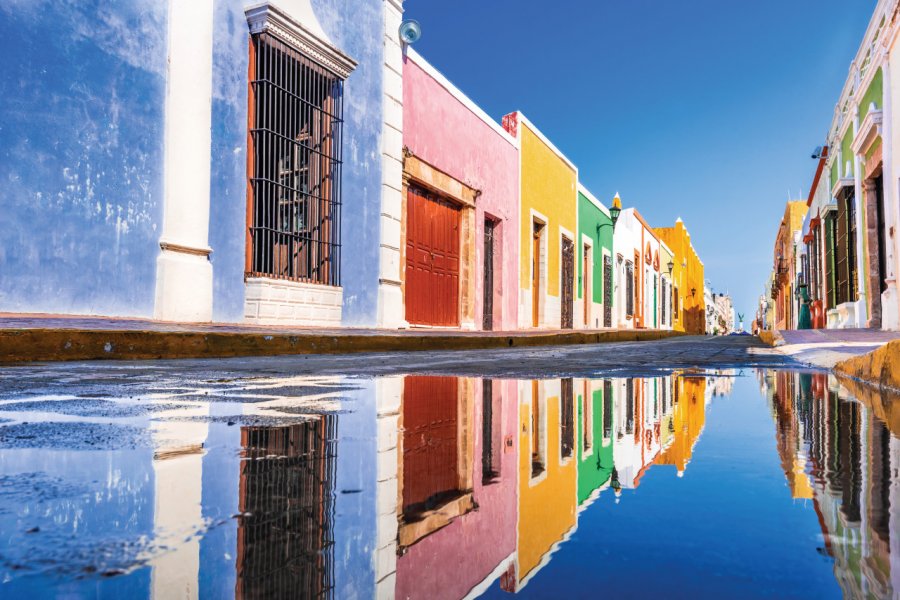What to see, what to do Yucatán Peninsula?
The 10 good reasons to go Yucatán Peninsula

The magic of the cenotes
The sacred Mayan wells, a majestic and unique underground world to discover.

An explosion of flavors
Tasty, colorful Yucatecan cuisine, a delight for the eyes and the palate!

A welcoming people
Human warmth, humour and kindness are common qualities among Mexicans.

A land of traditions
Beautiful handicrafts and syncretistic religious festivities.

The secrets of Mayan cities
Their pyramids, overgrown with exuberant rainforest, conceal many mysteries.

Travel off the beaten track
Far from the crowds of Cancún, pristine beaches and authentic villages abound.

A feast for the eyes!
Red pepper, green iguana, pink flamingo, turquoise sea, white sand, yellow ochre of Izamal..

The Great Mayan Reef
The Great Barrier Reef of Mesoamerica: a true diving paradise!

Swimming with turtles
The Caribbean offers unique encounters, from whale sharks to stingrays.

Dancing with your feet in the sand
The lively nightlife of Cancún or Playa del Carmen will delight the partygoers.
What to visit Yucatán Peninsula?

Interview: My Cancún
By Carole Lacroix, from the Green Wings Excursions agency
Carole Lacroix is the founder of Green wings Excursions. She has been living in the state of Quintana Roo, Mexico for several years. Passionate about nature and travel, she aspires to promote tourism and culture of the Mayan Riviera in the respect of the fauna and flora while making discover the culture of the local population in an authentic way.
See the video of the interviewGood to know to visit Yucatán Peninsula
 Timetable
Timetable
Museum opening hours vary, but are generally Tuesday to Sunday, 9am to 5pm. Cenotes: daily, 9am to 5pm. Archaeological sites: 8am to 5pm (ticket office closes at 4pm). We recommend arriving at the sites as soon as they open, or at least before 10 a.m. (or after 3 p.m.), to avoid finding yourself in the middle of groups disembarking in tour buses around 10 or 11 a.m. The other advantage is that it's cooler than during the day. In any case, bring a hat, sun cream, mosquito repellent and plenty of water. You'll also need good shoes - flip-flops are best avoided when climbing the pyramids!
 To be booked
To be booked
Reservations are rarely necessary, except for guided tours for large groups. Some sites regulate the use of drones and videos.
 Budget & Tips
Budget & Tips
Rates at archaeological sites vary according to the geographic origin of visitors: a reduced price for state residents, slightly more expensive for Mexicans from other states, and higher for non-resident foreigners. Most sites have entrance fees of around $90, but state taxes make the final price vary considerably. At Chichén Itzá, for example, admission in 2024 was $95 and the tax $548 for foreign adults. Younger visitors, up to the age of 12, and people with disabilities generally benefit from free or reduced admission. For the services of a guide, expect to pay between $900 and $1,400 for a group of up to 8 people. Some "ecological" parks, such as Xcaret, offer promotions for online purchases directly on their websites.
 Main events
Main events
All year round, you can enjoy dance, music and circus performances... The most interesting cultural life is concentrated in Mérida, with some good festivals (Mérida Fest, Otoño Cultural...). Its carnival is not bad either, but those of Campeche and Cozumel are more atypical. As for Cancún, it's not just a spring break for Americans: the seaside resort boasts a wine and gastronomy festival, as well as a quality jazz festival.
 Guided tours
Guided tours
An official guide is highly recommended to visit the archaeological sites in order to dive deeper into the history of the fascinating Mayan civilization. The same goes for the parks and natural reserves: a guide will prevent you from getting lost and will teach you a lot about the local fauna and flora, as well as the communities living there. French-speaking guides are available, but at certain times of the year (July-August in particular), their services are in high demand and you may be forced to form a group with other visitors. If you don't have your own vehicle, it may be worthwhile to use organized tours to visit the archaeological sites and the cenotes (or often both in the same excursion). The tours offered by the hostels often offer affordable prices including transportation, guide and sometimes a meal (but not the entrance to the sites). This saves a lot of time compared to individual travel by bus or colectivos. A small tip is always expected by guides, drivers, boat captains, etc. Don't skip it, especially if you are happy with the service. In cities like Merida or Campeche, you can use the popular "Free Walking Tours". They are free, but once again remember to leave a reasonable tip, depending on the time and quality of the guide's work.
 Smokers
Smokers
Smoking is prohibited on archaeological sites and in most cenotes open to the public. If you decide to ignore the regulations, at least make the effort to take your cigarette butts with you.
 Tourist traps
Tourist traps
When visiting archaeological sites, it's better to have an official guide waiting inside the site, rather than one soliciting you outside at the entrance. The latter often charge higher rates, and their skills and knowledge are not guaranteed. Guide prices are usually displayed at the entrance.
 What's very local
What's very local
For the ultimate underwater experience, equip yourself with fins, mask and snorkel, or even a scuba tank, to visit the world's largest underwater museum: the MUSA (Museo Subacuático de Arte) located off the coast of Cancún and Isla Mujeres. Hundreds of sculptures (designed to recreate coral reefs) await you just a few metres below the surface. A unique, mysterious and poetic dive!
